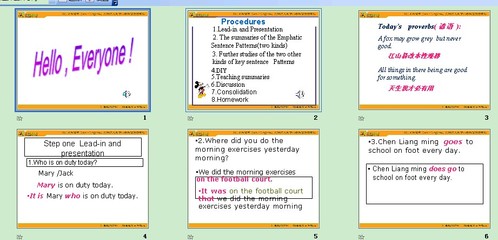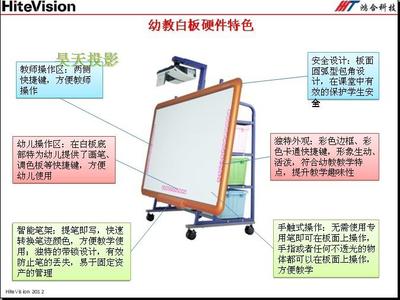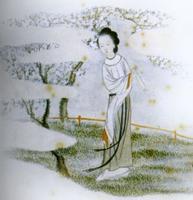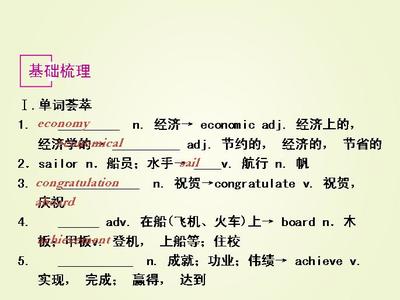1. It is / was + 被强调部分 + that + 其他成分(其中被强调部分主语?宾语?状语,但不能是定语或谓语)如:
It was I who / that met him in the park this morning.(强调主语)
今天早上正是我在公园里遇见了他。
It was him that I met in the park this morning.(强调宾语)
今天早上我在公园里遇见的正是他。
It was in the park that I met him this morning.(强调地点状语)
今天早上我正是在公园里遇见了他。
It was this morning that I met him in the park.(强调时间状语)
正是在今天早上我在公园里遇见了他。
It was because he was ill that he didn’t go to school today.(强调原因状语)
今天他没去上学是因为他生病了。

注意
(1)如果原句中谓语动词使用的是现在范畴的时态(一般现在时?现在进行时?现在完成 / 现在完成进行时?一般将来时?将来进行时?将来完成时等)用It is...that...。如果原句中谓语动词为过去范畴的时态(一般过去时?过去进行时?过去完成时?过去将来时等)则用It was...that...。如:
It was Peter who / that got the first place in the final exam.
正是彼特在期末考试中得了第一名。
It is not everyone who / that can pass the collge entrance exam.
高考并不是每个人都能上线。
(2)强调句型的一般疑问句只需把is / was提前,它的特殊疑问句只需在一般疑问句前加上疑问词。如:
Was it Smith who / that broke the window?
是史密斯打碎窗子的吗?
Who was it that broke the window?
是谁打碎了窗子?
(3)not...until...的强调句式:当被强调的是not...until...句型时,应将not置于until之前,主句由否定句改为肯定句。如:
We didn’t recognize her until she took off her glasses.
她把眼镜拿了, 我们才认出她。
It was not until she took off her glasses that we recognized her.
注意
Not until she took off her glasses did we recognize her. (此句为否定词not位于句首, 句子要用部分倒装)
(4)几种易混句式的区别。
① 强调句与主语从句的区别:
“It is / was + 形容词 / 分词 / 名词 + that从句”是主语从句,它译成中文时不可加上“正是……”“就是……”之类字眼,若删去“It is / was...that...”,则原句不成立。而强调句型若删去“It is / was...that / who...”,原句结构与语意均完整,译成中文时,常可加上“正是……”“就是……”之类字眼。如:
It is true that he is honest.(主语从句)
他真的很诚实。
It is known to all that China is a country with a long history.(主语从句)
众所周知,中国是一个历史悠久的国家。
It was here that he fell off his bicycle.(强调句)
这正是他从自行车上摔下来的地方。
②含有定语从句的强调句型(在被强调的名词后再设计一个以该名词为先行词的定语从句,这时不要把定语从句当作强调句)。如:
It was this school where(in which) he once studied that gave him a chance of teaching.
正是这所他曾经学习过的学校给了他教学的机会。
③强调句型与状语从句的区别:
It was at 7:00 that I arrived.(强调句型,强调时间状语at 7:00)
正是在7:00时, 我到了。
It was 7:00 when I arrived.(时间状语从句,在7:00前无介词at)
当我到达时, 时间是7:00。
It was two years ago that I began to learn drawing.(强调句型,前后时态一致)
正是在两年前我开始学习绘画。
It is(has been) two years since I began to learn drawing.(since引导的时间状语从句,前后时态不一致)
自从我学习绘画以来已经有两年了。
It was two years before they came to see us.(时间状语从句)
过了两年后他们才来看我们。
It was two years later that they came to see us.(强调句型)
正是两年后他们才来看我们的。
It won’t be long before we graduate from the school.(时间状语从句)
不久我就将毕业了。
It will be two years before we graduate from this university.(时间状语从句)
再过两年我们就将大学毕业了。
2. 谓语动词的强调
It is / was...that...结构不能强调谓语,如果需要强调谓语时,则用助动词do / does / did + 动词原形表示。 如:
He did tell all that had happened to him.
他确实把发生在他身上的事情都说了。
She does get up early every day.
她每天的确起得很早。
Mary, do come to my birthday party tonight.
玛丽,今天晚上请一定要来参加我的生日晚会。
3. 用形容词very, only, single, such等来修饰名词来表示强调。 如:
This is the very book that I’m looking for.
这正是我在找的书。
He is the only one of the students who passed the English test.
他是英语测试唯一及格的学生。
Not a single spelling mistake did he make in the composition.
在作文中他没写错一个字。
4. 用倒装句来强调以加强语气。如:
Never shall I forget the day when Mr. Wang gave us the first lesson.
我永远忘不了王老师给我们上第一节课的那一天。
So aloud did he speak that everyone could hear him clearly.
他说话声音很响亮, 人人都能听得很清楚。
[巩固练习]
1. —Who is making so much noise in the garden?
—__________ the children.
A. It is B. They are C. It can’t be D. They are
2. An awful accident __________ , however, occur the other day.
A. does B. did C. has to D. had to
3. —Was __________ Bill, __________ played soccer well, __________ helped the blind man cross the road?
—Yes, you are right. He is always ready to help others.
A. it; that; who B. which; that; that
C. who; which; that D. it; who; that
4. It was not until 1920 __________ regular radio broadcasts began.
A. while B. which C. that D. since
5. It was only when I reread his poems recently __________ I began to appreciate their beauty.
A. until B. that C. before D. when
6. In fact __________ is a hard job for the police to keep order in an important football match.
A. this B. that C. there D. it
7. __________ on Monday night that all this happened?
A. Is it B. Is that C. Was it D. Was that
8. I __________ see him in the hospital yesterday.
A. really B. do C. did D. was
9. It was because of the bad weather __________ the football match had to be put off.
A. so B. that C. why D. so that
10. —__________ you got in touch with Mr. Smith?
—Through a friend of mine.
A. How was it that B. How aws it
C. It was how that D. Was it how that
参考答案1—5 ABDCB6—10 DCCBA
 爱华网
爱华网



